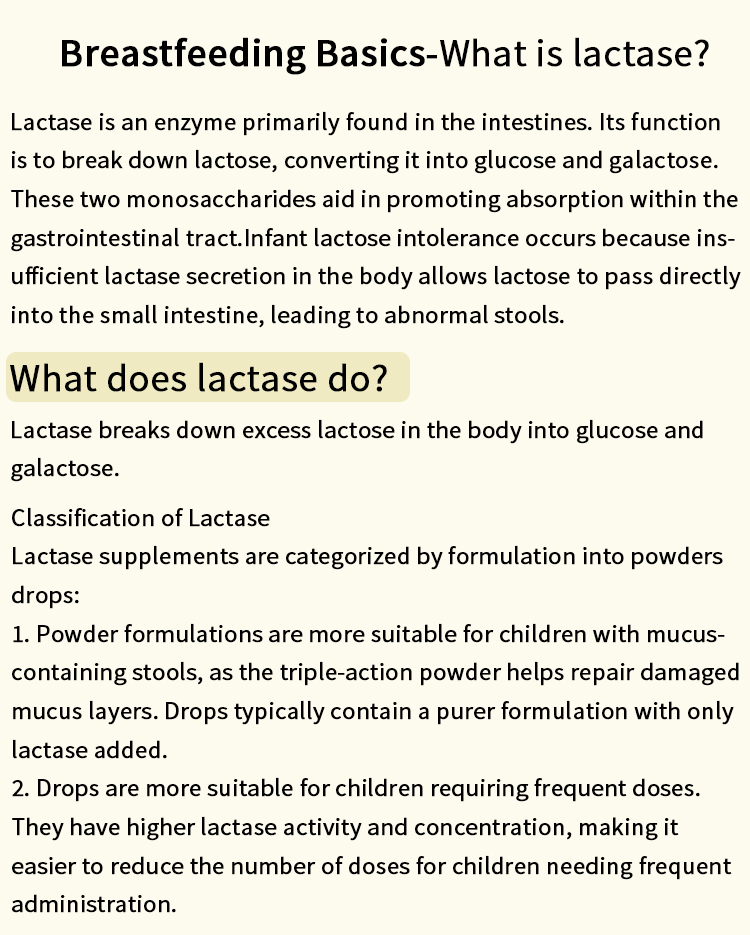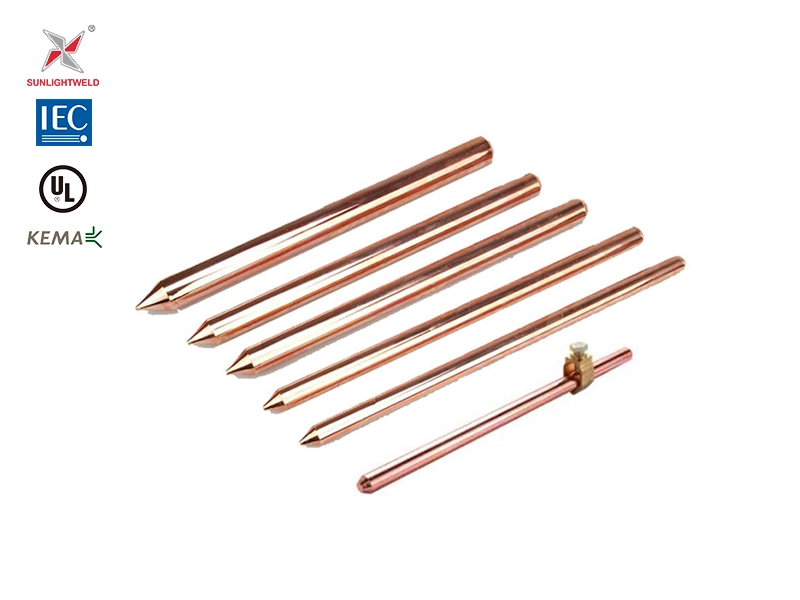When it comes to outdoor activities, whether hiking, jogging, or simply enjoying a day in the park, the color of your clothing can significantly impact your experience. While personal style and preferences play a crucial role in wardrobe choices, understanding the science behind color can enhance comfort, visibility, and even safety. This article delves into the best colors to wear outside, considering factors such as temperature regulation, visibility, and psychological effects.
The Science of Color and Temperature Regulation
One of the primary considerations when choosing outdoor clothing is how color affects temperature regulation. Dark colors, such as black or navy, absorb more sunlight, which can lead to overheating in warm weather. Conversely, lighter colors, such as white or pastel shades, reflect sunlight, helping to keep the body cooler.
Research indicates that wearing light-colored clothing can reduce the risk of heat-related illnesses during outdoor activities. For instance, a study published in the Journal of Applied Physiology found that individuals wearing white clothing experienced lower skin temperatures compared to those in darker hues under direct sunlight. Therefore, for summer outings, opting for light colors is not just a fashion choice but a practical one.
Visibility: Safety First
Visibility is another critical factor when selecting outdoor attire. Bright colors, such as neon yellow, orange, or green, enhance visibility, especially in low-light conditions or during inclement weather. This is particularly important for activities like cycling, running, or hiking in areas where wildlife may be present.
According to the National Highway Traffic Safety Administration, wearing high-visibility colors can significantly reduce the risk of accidents. For instance, reflective materials and bright colors are recommended for joggers and cyclists, especially during dawn or dusk. Not only do these colors make you more noticeable to drivers, but they also help other outdoor enthusiasts spot you in crowded or wooded areas.
The Psychological Impact of Color
Colors also have psychological effects that can influence mood and performance. For example, studies have shown that wearing bright colors can enhance feelings of happiness and energy, making them ideal for outdoor activities. Colors like yellow and orange are often associated with positivity and enthusiasm, which can be beneficial during strenuous activities.
On the other hand, cooler colors like blue and green can evoke feelings of calmness and tranquility, making them suitable for activities like yoga or meditation in nature. Understanding the emotional impact of color can help individuals choose outfits that not only serve practical purposes but also enhance their overall outdoor experience.
Seasonal Considerations
The best color to wear outside can also vary with the seasons. In spring and summer, lighter and brighter colors are generally more suitable due to their reflective properties and positive psychological effects. In contrast, autumn and winter may call for deeper, richer colors that provide warmth and comfort. However, it’s essential to maintain visibility during these seasons, especially when daylight hours are shorter.
Conclusion: A Holistic Approach to Outdoor Attire
Choosing the best color to wear outside involves a multifaceted approach that considers temperature regulation, visibility, and psychological effects. Light colors are ideal for hot weather, while bright hues enhance safety. Additionally, understanding the emotional impact of colors can help individuals select outfits that elevate their outdoor experiences.



More Stories
Say Goodbye to Choice Overload: A Step-by-Step Guide to Choosing the Right Lactase Enzyme
Rebaudioside M: Natural Sweetener for Nutrition
SUNKONZ Blender's Daxue Winter Wellness Hacks